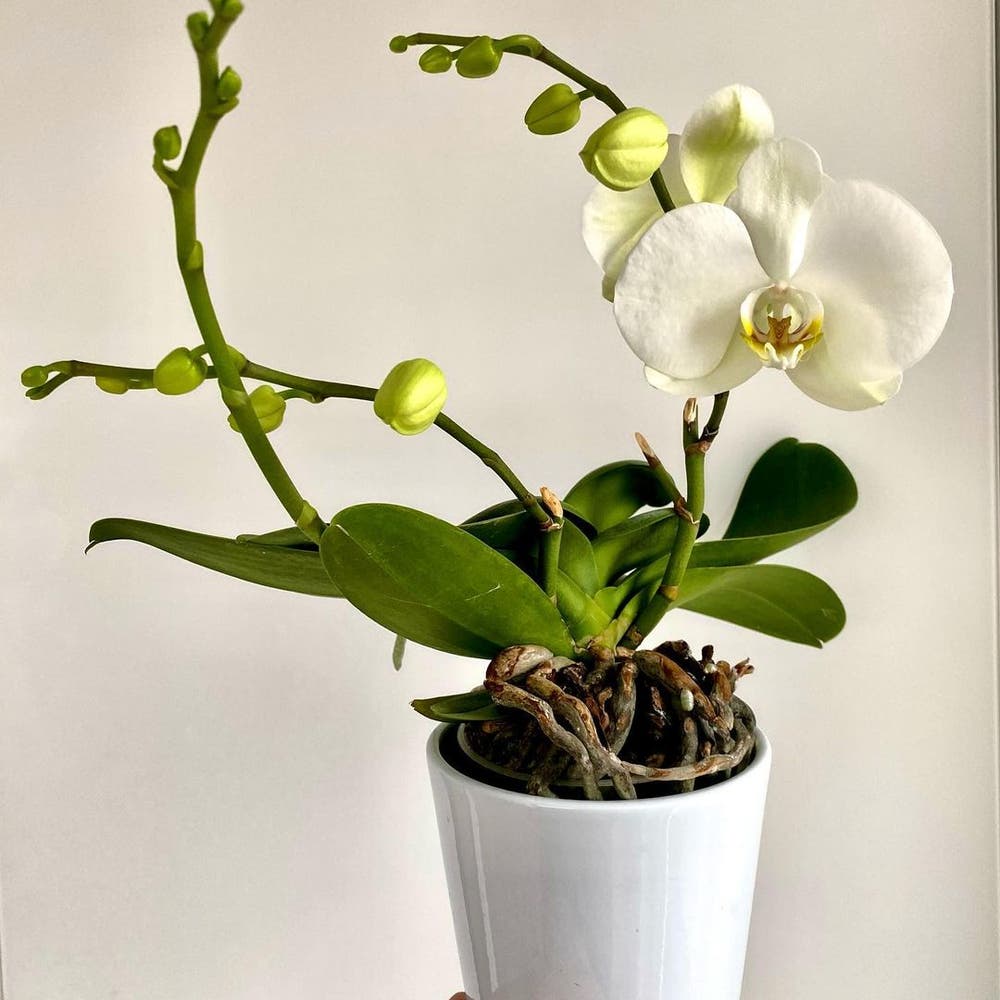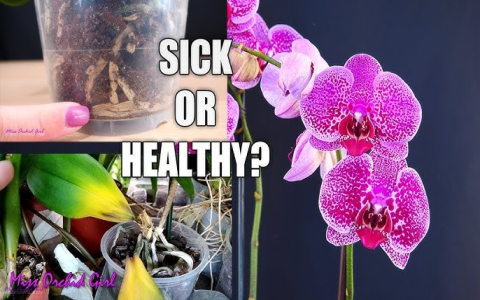Today, I want to share my little adventure with my phalaenopsis orchid flowers. I’ve always loved these beautiful plants, but I’ve also heard they can be a bit tricky to take care of. So, I decided to dive in and figure out how to keep them happy and blooming.
Getting Started
First things first, I bought a lovely phalaenopsis orchid from my local grocery store. It was in full bloom, and I was so excited to bring it home. I placed it in a spot with bright, indirect sunlight, away from any drafts. I knew that orchids don’t like direct sun, as it can scorch their leaves, but they do need plenty of light to thrive.

Figuring Out the Watering
Now, this is where things got interesting. Watering orchids is not like watering your average houseplant. I learned that overwatering is a big no-no, as it can lead to root rot. But underwatering is also bad, as it can cause the plant to wilt. I decided to use the “soak and dry” method. Basically, I wait until the potting mix feels almost completely dry to the touch. Then, I take the orchid to the sink and give it a good soak, letting the water run through the drainage holes. After that, I let it drain completely before putting it back in its spot.
- Wait until dry: I don’t water my orchid on a set schedule. Instead, I check the potting mix regularly.
- Soak thoroughly: When it’s time to water, I make sure the water reaches all the roots.
- Drain well: I never let my orchid sit in water, as this can cause root rot.
The Humidity Factor
I also learned that phalaenopsis orchids like humidity. But my house is pretty dry, especially in the winter. So, I got a little humidifier and placed it near the orchid. I also started grouping my plants together, as this helps to create a more humid microclimate. Another trick I learned is to place the orchid pot on a tray filled with pebbles and water. As the water evaporates, it increases the humidity around the plant.
Feeding Time
Just like us, orchids need food to grow and bloom. I found a special orchid fertilizer and started using it every couple of weeks during the growing season (spring and summer). I dilute the fertilizer to half the recommended strength to avoid burning the roots. During the fall and winter, I reduce the feeding to once a month or so.
Enjoying the Blooms
After a few months of this routine, my orchid started to grow a new flower spike! I was so thrilled. I continued with my watering, humidity, and feeding regimen, and soon enough, the spike started to produce buds. And then, one day, the first flower opened. It was such a rewarding experience to see my orchid thriving and blooming again. I realized then that caring for an orchid is not very difficult.
So, that’s my story of how I’ve been caring for my phalaenopsis orchid flowers. It’s been a journey of learning and experimenting, but it’s definitely been worth it. These plants are truly beautiful and bring so much joy to my home. If you’re thinking about getting an orchid, I say go for it! Just remember to do your research, be patient, and enjoy the process.





















